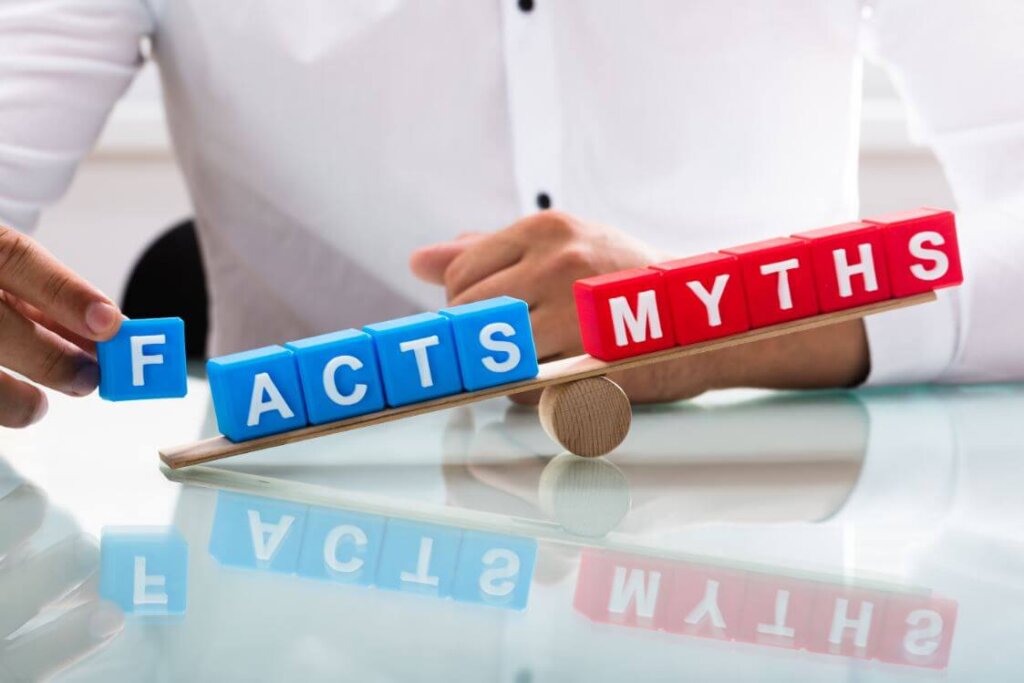Along time ago – before we had the internet and Snopes to sort such things out – there was a rumor that Standard Oil, a large oil company at the time (perhaps the largest in the world) purchased a patent for a carburetor that would give a car the ability to go 100 miles per gallon. A key feature of this rumor was that Standard Oil kept this patent a secret so no one would know about this amazingly efficient carburetor because if that patented carburetor invention was used in cars, Standard Oil’s sales of gasoline would plummet. Myth or fact?
CAN A PATENT BE SECRET?
The short answer is NO! Secret patents, like unicorns and leprechauns, are myths. The remarkable thing about this myth is its longevity. Even well-informed people today could believe that there might be some truth to this myth. We are here to tell you there is not.
Once granted, a patent is a public document (hence, not a secret). This holds true not only for U.S. patents but also for patents in other countries. Patents and secrets are mutually exclusive. You cannot obtain a patent on technology you want to keep secret from your competitors or the general public.
One reason the subject matter of a patent cannot be kept a secret is because the patent gives the owner a limited right of excluding others from practicing the patented invention. These “others” need to know exactly what they are being excluded from doing.
When a patent application is filed, it is confidential. However, that secrecy ends when the patent application is published, or when the patent is granted. For many, the distinction between a patent and patent application gets muddled. The differences between a patent and patent application are important, not only for today’s read, but for a number of other reasons like infringement and enforcement. A patent application is created when the application is filed in the U.S. Patent Office. The application continues to exist as an application until the day it becomes a granted patent by the U.S. Patent Office. Remember . . . important concept!
PATENT APPLICATIONS CAN BE SECRET
Not so long ago (prior to November 29, 2000), a patent application was secret from the time of its filing until the date the patent was granted. The American Inventors Protection Act changed that – a patent application is now published 18 months from its effective filing date (18 months was chosen since this was the norm for patent application publication by most foreign patent offices). The publication of U.S. patent applications was, as you have probably surmised, an effort to “harmonize” at least this aspect of U.S. patent law with the rest of the world.
But wait, we did not completely harmonize. An applicant can still keep a U.S. patent application secret if the U.S. patent office is advised when the application is filed that the applicant has no intention to file foreign patent applications. If a patent applicant files such a nonpublication request and later changes its mind and wants to file foreign patent applications, there is a procedure to rescind that nonpublication request.
PROVISIONAL PATENT APPLICATIONS
U.S. provisional patent applications are secret during their pendency and are not published. Provisional patent applications are not examined, last only for 12 months and then automatically expire. The content of a provisional patent application can continue in a patent application beyond that 12 months but only in the form of a nonprovisional patent application filed before that 12-months is up. In most situations, the provisional patent application stays secret until the nonprovisional application is published, when the provisional application is then made accessible and is thus no longer secret. This is the case even when the non-provisional patent application is abandoned after it is published and never issues as a patent.
There are also further exceptions to the secrecy of a provisional patent application. If the provisional is referenced or incorporated by reference in another published patent application, the provisional application file can be accessed.
DESIGN PATENTS
Again, our harmonization with the rest of the world went only so far. As was the case before 2000, a U.S. design patent application is secret from its filing date until that patent application’s grant date, unless the design application was referenced or relied upon in another published patent application or in an international design application. Remember, publication is ultimately a good thing, for establishing the scope of exclusivity enjoyed by the patent owner.
NATIONAL SECURITY
If the U.S. government determines that the disclosure of an invention via the patent process will adversely affect national security, the patent application can be kept secret. 35 USC § 181. However, this statute does not prohibit the inventor from publicly disclosing the invention outside of the patent process. Touché? Peter Sawicki James Young










